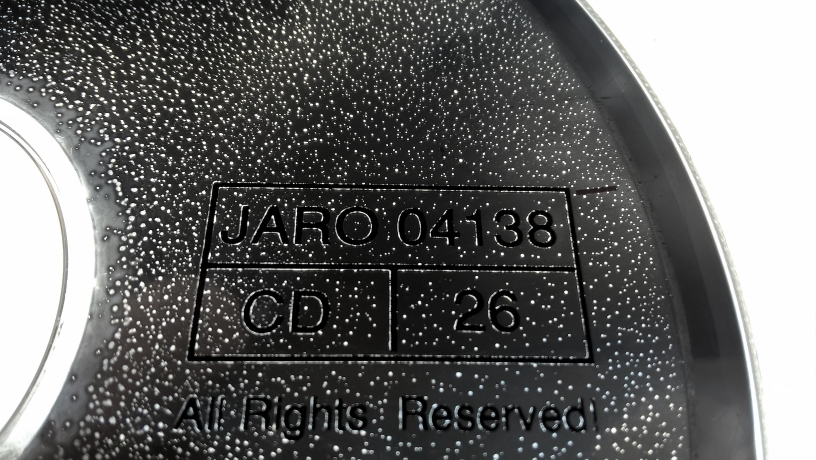Uses, reuses and abuses of the compact disc at 40 — IRC New Foundations 2020
I’m delighted to announce that I have been awarded an Irish Research Council (IRC) New Foundations grant for the project “Uses, reuses and abuses of the compact disc at 40: an obsolete format and/or a new opportunity for critical digital media literacy?”. This year, the New Foundations programme supported projects that aim to “to bring science (including social science) and art/design/humanities together to work on new ways of communicating scientific concepts and/or complex societal challenges for a lay audience,” and I’m pleased to say that this project was funded under this STEAM strand.

I’ll quote liberally from the proposal in lieu of a more detailed annoucement to come:
In the “Red Book” standard of 1980, Sony and Philips offered a blueprint for a high-fidelity digital audio format that transformed how we consume music: the audio compact disc (CD). The R&D effort leading to the CD was an intensive, multi-year collaboration on a high-tech consumer product that had significant economic and ecological consequences. On the fortieth anniversary of this standard, the project will stage an event for the general public featuring researchers representing the arts and sciences as well an academic-led “critical making” workshop exploring these aspects of the CD’s history.
The project as proposed will involve:
- A two-week, two-legged postdoctoral staff exchange to develop, test and implement a model for AHSS/STEM educators to co-teach a “critical making” workshop for the general public in order to explore the connection between material science and digital media literacy.
- Delivery of a hands-on workshop for 15-18 participants exploring the material properties of optical media, led by the applicant and collaborator.
- A written curriculum and open learning resources for the workshop drawing on the preparatory work and prototype sessions carried out during the research exchange phase of the project.
- An event for the general public reflecting on the diverse disciplinary contributions to the development of the CD as well as a report-back of the outcomes/outputs of the student workshop to the audience.
The exchange partner for this project is Dr Rox Middleton (University of Bristol), whose research interests encompass the role of extreme iridescience in biology, a distinctive colour phenomenon characteristic of the CD’s shiny surface that also naturally occurs in many plant and animal species. Dr Middleton also shares an interest in the public communication of science as well as a concern with understandings of “experimentation” both within and outside formal scientific laboratory settings.
I look forward to sharing more news about this project here and on my Twitter feed, as we set out the agenda for the next 12-18 months.